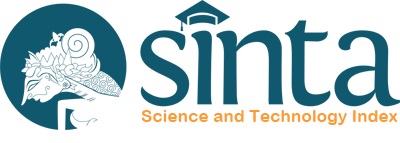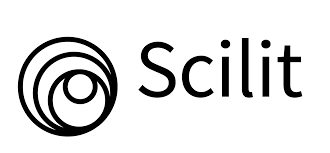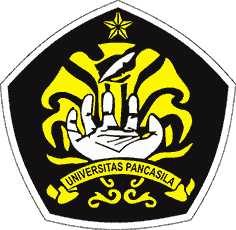Optimasi Taguchi Menggunakan Metode Vikor dalam Pemilihan Ban Mobil
DOI:
https://doi.org/10.35814/asiimetrik.v4i1.2435Keywords:
Taguchi optimization, VIKOR methodsAbstract
The main functions of tire are to withstand the vehicle’s load, continue the steering function and control the vehicle’s direction, transmit the driving force and vehicle’s braking on the road surface and reduce shock vibrations from the road surface. Therefore, optimal tire selection is something that needs to be considered for driving perfection. Taguchi methods is one of experimental design methods that is often used because of considerations of effectiveness and efficiency. However, Taguchi methods only can be used to solve a single response optimization problem. When dealing with multi-response problems, the responses are analyzed separately. This study aims to optimize Taguchi design using VIKOR method in production of car tires. The experimental design and responses used in this study were derived from car tire production data which analyzed using VIKOR methods and selected based on the optimum value to obtain the optimal combination of factors levels. The results of Taguchi's analysis are the first and third responses indicating the 16th experiment and second response indicating the 14th experiment which is the optimal combination. It can be concluded that Taguchi methods is inconsistent to producing optimal combination of levels of factors when dealing with multi-response problems, so additional methods are needed as Taguchi optimization methods in solving multi-response problems, including using VIKOR methods which results in the 2nd experiment being optimal combination.
Downloads
References
Adalarasan, R. Santhanakumar, M. dan Sundaram, A.S., 2014. Optimization of Weld Characteristic of Friction Welded AA 6061-AA Joints Using Grey- Principal Component Analysis (G-PCA). Journal of Mechanical Science and Technology, (28), hal. 301-307.
Ali, M. Yadav, A., Anis, M. dan Shah, R.K., 2017. Evaluation of Hazardous Waste Management by Using VIKOR: A Case Study of USA States. Modern Applied Science, 11(1), hal. 180-187.
Almanaf, 2015. Analisa Cacat Dan Kegagalan Produk Pada Vulkanisir Ban Sistem Dingin. Skripsi. Fakultas Teknik Universitas Riau, Riau.
Ho, L. H., Feng, S.Y. dan Yen, T.M., 2014. A New Methodology for Customer Satisfaction Analysis: T aguchi’ s Signal-to-Noise Ratio Approach. Journal of Service Science and Management, (7), hal. 235-244.
Kutner, M. H., Nachtsheim, C. J. dan John Neter, 2014. Applied Linear Regression Models. 4th edition, New York: McGraw-Hill Companies, Inc.
Rakhmanto, M. R., 2015. Penentuan Pemenang Tender Untuk Hosting Internet 10 Mbps Menggunakan Metode TOPSIS (Studi Kasus pada Lembaga Penerbangan dan Antariksa Nasional (LAPAN), Rumpin). Skripsi. Fakultas Matematika dan Ilmu Pengetahuan Alam Universitas Brawijaya, Malang.
Ratmani, M., 2011. Buku Pengetahuan Ban Penumpang, Bekasi: PT. Multistrada Arah Sarana, Tbk. Sathees, M. dan Dhas, J. E. R., 2013. Multi Ojective
Optimization of Flux Cored Arc Weld Parameters Using Fuzzy Based Desirability Fuction. Mechanical Engineering Shiraz University, 37(M2), hal.175-187.
Selvam, M. D. dan Senthil, P ., 2015. Investigation on the Effect of T urning Operation on Surface Roughness of Hardened C45 Carbon Steel. Australian Journal of Mechanical Engineering, 14(2), hal.131-137.
Sunanto, A., 2013. Analisis Cacat Produk Ban Vulkanisir Jenis Truk dan Bus Pada CV. Sigma Jaya Surakarta. NOSEL: Jurnal Ilmiah Pendidikan Teknik Mesin, 1(4), hal. 1-13.
Yurianto, Y ., Soekono, S., Soeprapto, W., 2018. Optimasi Parameter Quenching dan Tempering Pada HRP Steel Lokal Sebagai Baja Armor Nasional. Jurnal Rekayasa Mesin, 9(2), hal.143- 148.





























